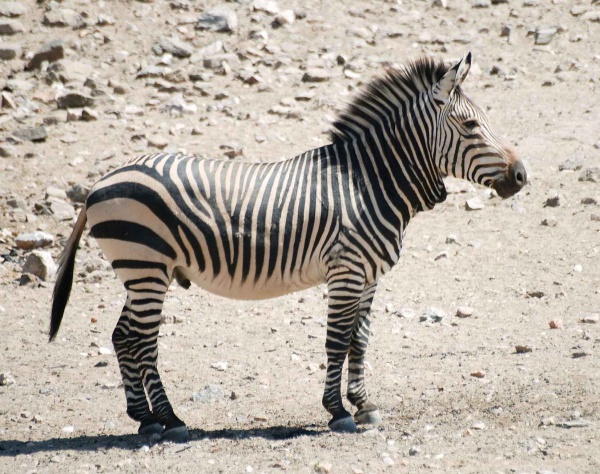Facts About Mountain (Hartmann's) Zebra
The mountain zebra, a member of the Equidae family, inhabits the rugged terrains of southwestern Angola, Namibia, and South Africa. There are two primary types: the Cape mountain zebra (E. z. zebra) and Hartmann's mountain zebra (E. z. hartmannae). Scientists occasionally debate whether these should be classified as separate species or merely subspecies.
Mountain zebras are easily identifiable by their bold black or dark brown stripes, although the specific patterns vary between the two subspecies. They thrive in mountainous regions and are typically found on grassy slopes.
In contrast to plains zebras, mountain zebras exhibit a unique social structure, living in tight-knit family groups. Their diet mainly consists of tufted grass, but during lean periods, they will also consume other types of vegetation.
There was a period when mountain zebras were hunted nearly to extinction, but thanks to dedicated conservation efforts, their numbers, particularly of the Cape mountain zebra, have rebounded. Nevertheless, they are still listed as vulnerable on the IUCN Red List. Major threats to their survival today include habitat loss, hunting, and persecution.
To ensure their continued survival, various conservation programs and captive breeding efforts in zoos have been established. These initiatives are crucial for protecting these striking animals for future generations.

 Mozambique
Mozambique